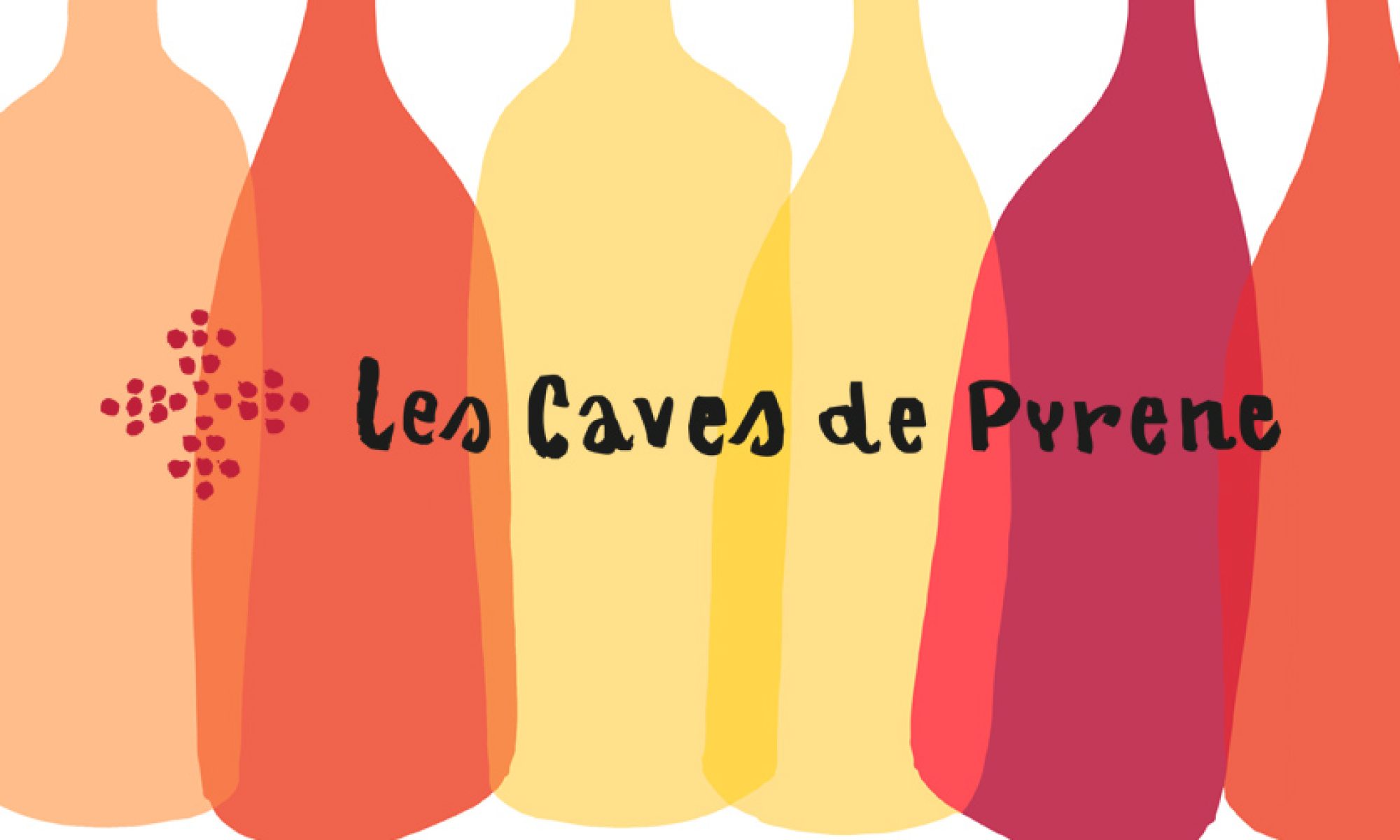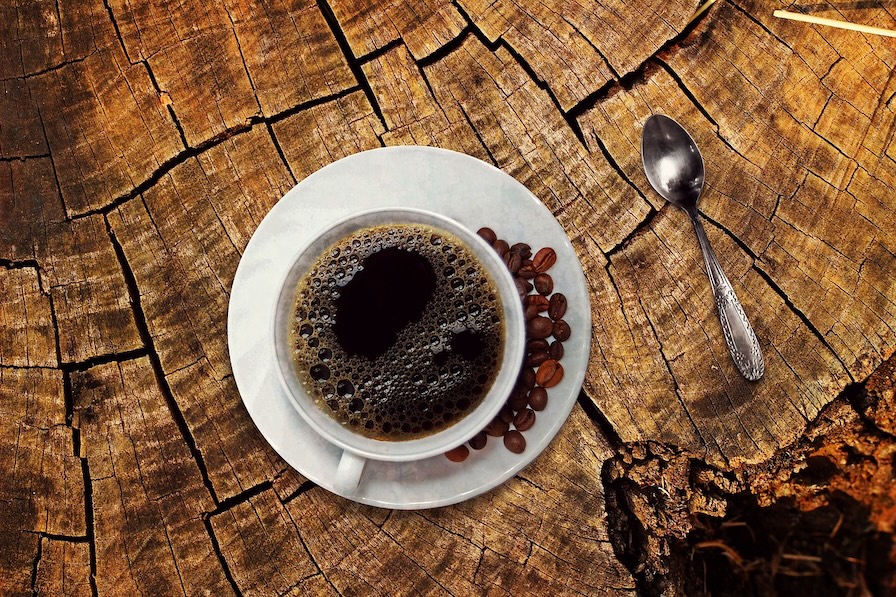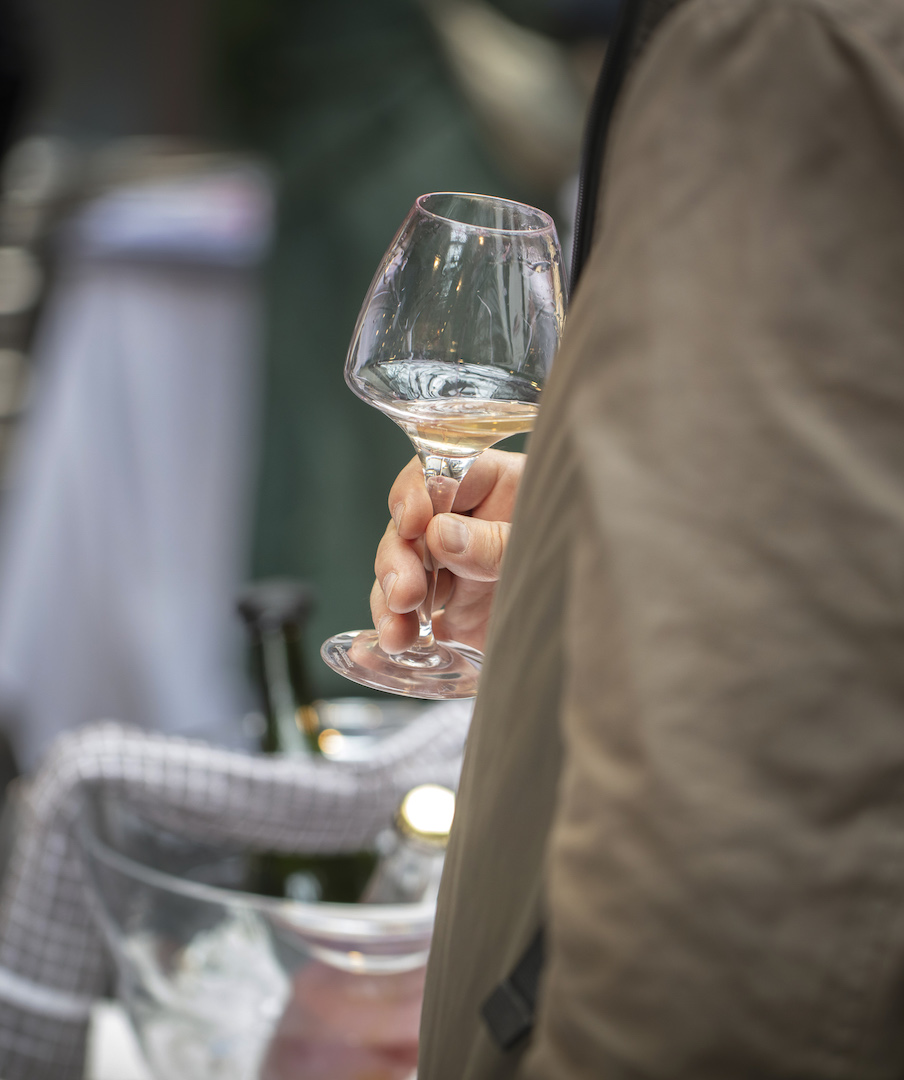“The coffee finds nothing else in the sack, and so it attacks these delicate and voluptuous linings; it acts like a food and demands digestive juices; it wrings and twists the stomach for these juices, appealing as a pythoness appeals to her god; it brutalizes these beautiful stomach linings as a wagon master abuses ponies; the plexus becomes inflamed; sparks shoot all the way up to the brain.”
“From that moment on, everything becomes agitated. Ideas quick-march into motion like battalions of a grand army to its legendary fighting ground, and the battle rages. Memories charge in, bright flags on high; the cavalry of metaphor deploys with a magnificent gallop.”
~ Honoré de Balzac
In my experience (as well as anecdotal evidence from other people) the first cup of coffee (in my case, an espresso) is always the best of the day. Whether one’s first daily encounter with wine is also the most gratifying depends on various factors and revolves around the question: is it the hit of refreshment and alcohol that we seek or are we drinking with other purposes in mind?
The act of drinking always starts before the liquid passes over the lips. Dopamine, the pleasure hormone, is released the very moment one begins to anticipate the day’s first cup of coffee. In other words, the feelgood factor starts in advance, fr0m the point of knowing that you are soon going to be drinking coffee and satisfying a craving.
Moreover, associating coffee – or wine- with pleasure may mean that the actions that bring you closer to experiencing that pleasure create their own mini-Pavlovian response – such as walking to your favourite café or, with wine, pulling a bottle from the rack, locating the corkscrew, or opening and surveying the wine list in a bar. These ritual moments prior to gratification are almost as satisfying as the moment of gratification itself.
Time is part of the ritual. I crave my first cup of coffee between 8.00 am and 8.15 am precisely. I need that cup of coffee to start my day, both symbolically (firing the starter gun, so to speak) and physiologically (for the caffeine rush). I don’t consume wine in the morning, and although I may drink it a glass or two if I go out for lunch, as a meaningful beverage I associate it more with sitting down to dinner and sharing a bottle with others, a ritual part of social relaxation.
Smelling the coffee can certainly wake you up. We know that aromas are powerful triggers, penetrating deep into our memories and stimulating emotions. When you particularly enjoy the smell of something (and coffee has a strong smell) bundles of pleasant associations may be brought to the fore. Wine, with its aromatic vapours, can do the same.
Coffee, of course, is a stimulant. One’s body absorbs caffeine quickly, so it takes minutes to reach your brain. Once there, it works by binding to the same receptors in the brain as adenosine, but without activating them. This blockage prevents adenosine from slowing down nerve activity, leading to increased alertness and wakefulness. Alcohol’s ability to induce striatal dopamine release is the mechanism underlying its stimulatory effects, but, in the end, it also has a sedative and depressant effect.
If the aroma of coffee alone intimates gratification, our initial sip of coffee elicits an intense response, as our taste buds are excited by the bold, complex flavours. The sensation of the heat of the liquid against the lips and tongue also enhances the experience, warming not just the mouth but speaking to a deeper need inside of us. These combined elements create a ritualistic experience that signifies, for example, the start of a new day or takes us into a moment of pause and reflection. It is not only the kick, but the comfort.
This intensity cannot be sustained for more than an instant. With each subsequent sip, one’s taste receptors become less sensitive to the familiar taste, leading to a decrease in the perceived level of pleasure. The intricate balance of compounds that create the unique flavour profile of the coffee is disrupted, leading to a less intense and less satisfying taste experience, a phenomenon showcasing how our sensory system adapts to stimuli and shaping our overall sensory experience of coffee. This concept of adaptation shows why the first sip of coffee can often be the most satisfying, as our senses respond most intensely to novel stimuli.
Not that I sip my espresso (it can’t be tasted in a sip!). Instead, I bolt it and wait for the rush. There is no analysis involved. Sipping is for cognac or so-called meditation wines. Small sips are different to large sips, the ratio of saliva to liquid varying. A small sip of wine becomes diluted in the mouth very quickly, scarcely giving us sufficient time to process olfactory information other than the most primary of aromas. A big mouthful can, however, overwhelm the taste buds although it allows us to explore textural elements of the wine. When we come to secondary sips we already have residuary saliva-wine in our mouth, not to mention changing temperatures and the ph values. This is part of the adaptive process of wine tasting.
I have finished my espresso and briefly feel as if I am in an altered mental state. My high contrasts to the time when I wake in the morning at which point my brain is full of adenosine, and I am still groggy from sleep. This gulf between where you were and where you are now is what makes that first cup especially potent.
Not that expectation is always matched by reality. A badly-made coffee is worse than no coffee at all, because lofty expectations are dashed, and disappointment feels sharper than denial.
Our expectations and needs also affect the way we perceive the taste of a particular wine. The gastric desire (thirst) for a glass of wine, with its flavours supported by alcohol are similar to the desire for the quick caffeine fix. The drinking context is different, however. We are not drinking a quick shot of wine but enjoying a glass or two. Or three. An espresso is like a haiku, pithy and precise. A bottle of wine is more like an evolving story. Over the course of its consumption we have the opportunity and the time to consider the wine and understand the flavours.
On the other hand, taste is affected by alcohol which ultimately has a desensitising effect, interfering with the body’s ability to absorb certain nutrients, such as vitamin B complex, vitamin A, and zinc, which can, in turn, change the structure and function of one’s saliva and taste buds and result in less sensitivity to texture and certain tastes.
How about when we order the second bottle of wine in a restaurant, for example, and it doesn’t measure up to our enjoyment of the first? Is it that we are bored by the repetitive flavours or are too desensitised by the alcohol in our system to enjoy it to the same degree? Yet, equally, the second bottle might taste better than the first – if its flavours align more closely to our expectations. The wine is not an immutable constant. A living liquid can improve in the glass or the decanter as it reaches its ideal temperature for our best appreciation. We ourselves are in constant neurological ferment, our sensitivities continuously shifting.
The tension between expectation and reaction is arguably most marked when we encounter a wine that made a powerful impression when we first encountered it. That impression, often prompted by the name of the wine or its label, is in the forefront of one’s memory, easily retrieved and consequently more tangible. The second bottle of the same wine is never the same for doubtless a wealth of objective and subjective reasons, but that doesn’t stop us seeking the same measure of gratification as when we first experienced it and being disappointed if it doesn’t measure up.
Wine drinking is not the same as wine appreciation. A glass of wine can simply be a drink that hits the spot (like an espresso) or enjoyed critically and aesthetically. Often I yearn simply for a white chilled to the best temperature and anticipate that primal jolt of refreshing mineral-rich liquid as it courses across the tongue. Alternatively, I might desire something completely different such as a powerful expansive red to envelop my taste buds and very being in its warm embrace. With food on the table and company present, my needs tack in different directions. In the company of wine buffs, analysis and judgement will probably take precedence over thirst-smashing.
My most memorable wine experiences are when I am pleasurably shocked. In neuropsychological terms, my dopamine levels rise as when the espresso shot hits the mark. And that yields a focused rush, triggers receptors, and commences the process of gratification.
Although the first hit of wine may quench a thirst (the liquid hit or the desire for alcohol), a different type of appreciation emerges after the second or third glass. Coffee connoisseurs will no doubt enjoy the subtleties of the coffee’s aromas and flavours beyond the initial smack of caffeine; our relationship with the wine will arguably change even more significantly. The wine itself will develop in the glass as the ambient temperature brings different aromatics to the fore. We ourselves may “warm up”, acquiring clearer focus or simply relaxing and being more responsive as a result. This is our development. When we taste, we cognitively initiate a process of pattern-recognition and assessment which transforms into aesthetic appreciation (and then pleasure). Caffeine gives me a wonderful short-term high, whereas many (good) wines are slow-burners and I enjoy them most when I assay the second and third glass.



